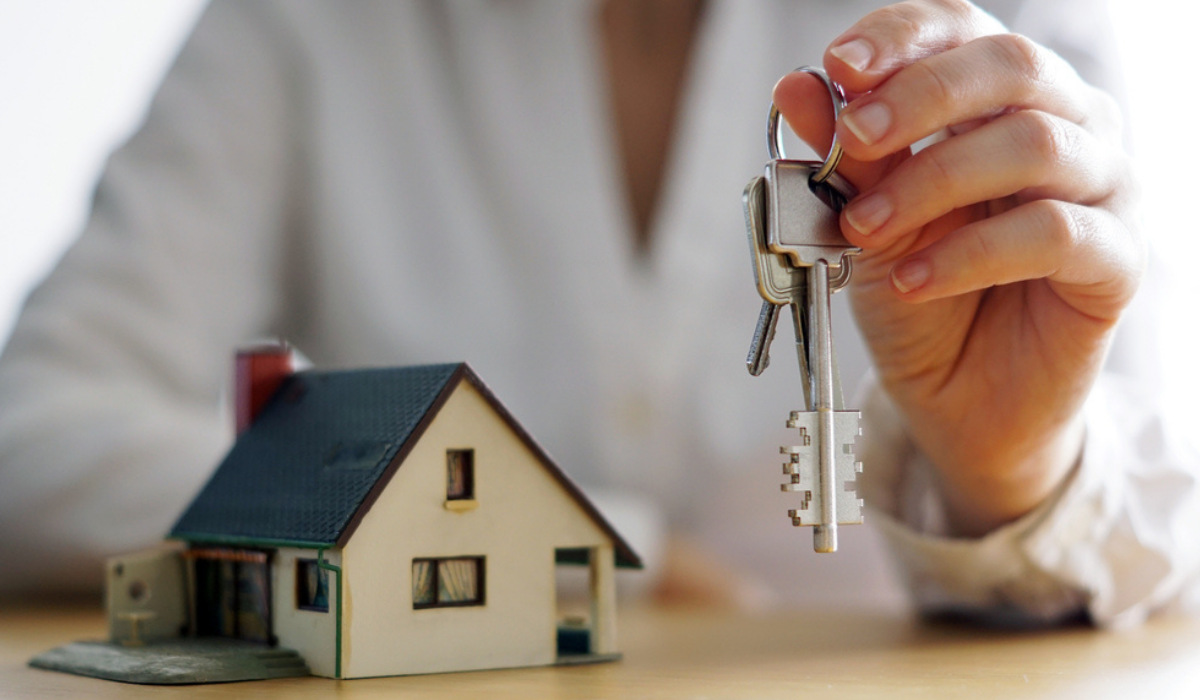Mold is a common issue found in homes and other buildings, and it can cause a range of health issues and damage to property. Mold testing is an important part of finding and managing mold in a property, but the techniques used by professionals can be confusing. In this blog post, we will explore the science of mold testing and explain some of the techniques used by professionals to accurately test for mold. We will explain the different types of mold testing, the equipment used, and the advantages and disadvantages of each technique. By understanding the science of mold testing, you will be better equipped to make informed decisions about mold testing for your property. For better experience view their website.

1. Identifying the Different Types of Mold
Before professionals can begin testing for mold, they must first identify the different types of mold they may be dealing with. Mold comes in many forms and colors, making it difficult to identify just by sight. In order to accurately identify mold, a professional must use a combination of visual inspection, air sampling, and surface sample analysis. They must look for signs of active mold growth, such as discoloration, stains, and musty odors. Air sampling will help to determine how much mold is present in the air, while surface sample analysis can be used to determine the type of mold present. After a professional has identified the type of mold present, they can then move on to testing and removal.
2. Utilizing Appropriate Sampling Methods
The second step in the mold testing process is to utilize appropriate sampling methods. Sampling is necessary to identify the type of mold present in a particular environment, as well as the concentration of mold spores. This helps professionals to determine if the mold is a health hazard and if it needs to be removed in order to prevent further health risks. Sampling also helps to determine if the mold is affected by external factors such as temperature, humidity, and air flow. Professionals use specialized sampling tools to collect samples and analyze them in a laboratory setting. These samples are then compared against reference samples to decide if action needs to be taken.
3. Evaluation of Samples for Potential Health Risks
Evaluation of samples for potential health risks is a crucial step in the mold testing process. By analyzing the samples collected, the tester can determine the level of mold present in the environment and the types of mold present. This is done using a variety of methods, including gas chromatography, mass spectrometry, and direct microscopic examination. Results of these tests are then used to determine the potential health risks posed by the mold, and to inform the decision-making process when remediation strategies are needed.
4. Understanding the Limitations of Mold Testing
Mold testing is a valuable tool for detecting the presence of mold in buildings and identifying the type of mold present. However, it is important to understand the limitations of mold testing in order to get the most from mold testing services. First, mold testing cannot detect all types of mold. For instance, some types of mold may be too small to detect or may not produce the necessary spores for testing. Second, the accuracy of mold testing depends on the quality of the test samples and the laboratory analysis. Finally, the results of mold testing do not always provide a complete picture of the mold problem, since concentrations of mold may vary throughout the building. So, while mold testing can be an important step in assessing the presence of mold in buildings, it should be used in conjunction with other techniques to ensure an accurate assessment.
5. Determining Appropriate Remediation Techniques
After the mold testing is complete, the next step is to determine appropriate remediation techniques. This is a crucial step in the process, as it will ensure that the mold is properly and safely removed. Professionals must be able to identify the severity of the infestation, develop a plan on how to best address the issue, and determine the right type of remediation techniques to use. This includes things like the type of equipment to be used, the safety and containment measures to be taken, and the particular materials to be used to fix the problem. It is important to ensure that all safety and health standards are met in order to ensure a successful and safe remediation process.
In conclusion, mold testing is an important tool for assessing the health risks of mold in a home or business. By understanding the different techniques used by professionals, you can make an informed decision about the best way to detect and remove mold growth. With the right knowledge and equipment, you can test for mold in the safest and most effective way possible, protecting yourself and your family from the health risks associated with mold exposure.


